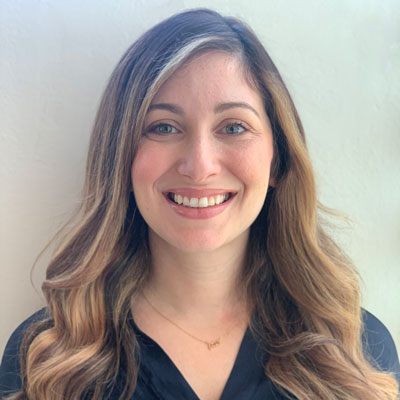Primary Stroke Center in Rural Texas TeleStroke Case Study
ABOUT
The facility is a 484-bed Primary Stroke Center, the largest and foremost acute care medical facility in the region, with a full range of diagnostic and surgical specialty services. It is the leading emergency facility in the area and the only Level II Trauma Center in the area staffed with physicians and nurses specially trained in emergency services.
THE ISSUE
The facility partnered with TeleSpecialists’ Quality Program Director, Micaela Prevatke, RN, to review process flow and assess gaps that were causing delays. At the front end, it was notified that there were opportunities to identify stroke alerts sooner. The process to activate a stroke alert was dependent on the emergency department physician who may be busy with other patients. Other bottlenecks were noted, for example, the patient roomed prior to CT which resulted in a delay connecting to the TeleNeurologist.
THE SOLUTION
The organization changed their process by instituting best acute stroke practices supplied by TeleSpecialists. These practices allowed for a process that is patient-centered and sequential.
- Pulling stroke kits so they are ready to use for every stroke alert
- Pre-mixing with verbal orders
- Early activation of TeleSpecialists to assess stroke patient (est. time reduction 5-10 min)
- Use of Pit-Stop program
- Cart follows patient to CT
- Education of team members















